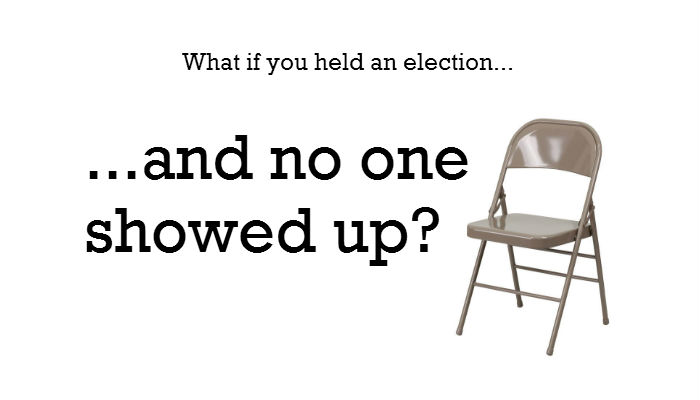 Both parties are adjusting strategies to account for the record low turnout they created themselves. Voter turnout is going to low this November. How low? Well the US Census Bureau has already been saying, “Voting rates are historically higher in years with presidential elections than in congressional election years. For example the national voting rate in 2012 -a Presidential election- was 61.8 percent while the national voting rate in 2010 -a Congressional election- was 45.5 percent.”
Both parties are adjusting strategies to account for the record low turnout they created themselves. Voter turnout is going to low this November. How low? Well the US Census Bureau has already been saying, “Voting rates are historically higher in years with presidential elections than in congressional election years. For example the national voting rate in 2012 -a Presidential election- was 61.8 percent while the national voting rate in 2010 -a Congressional election- was 45.5 percent.”
Checkout this summary of US voter turnout from election reform charity FairVote:
Robust voter turnout is fundamental to a healthy democracy. As low turnout is usually attributed to political disengagement and the belief that voting for one candidate/party or another will do little to alter public policy, “established” democracies tend have higher turnout than other counties.
Voter turnout in the United States fluctuates in national elections, but has never risen to levels of most other well-established democracies. In countries with compulsory voting , like Australia, Belgium, and Chile, voter turnout hovered near 90% in the 2000s. Other countries, like Austria, Sweden, and Italy, experienced turnout rates near 80%. Overall, OECD countries experience turnout rates of about 70%, while in the U.S., about 60% of the voting eligible population votes during presidential election years, and about 40% votes during midterm elections.

“Absence of a strong wave comes as something of a setback for GOP”
Leave a Reply